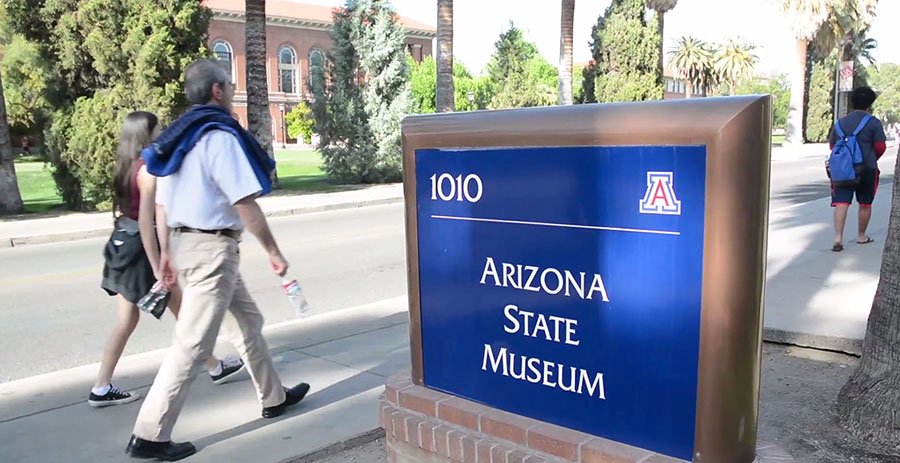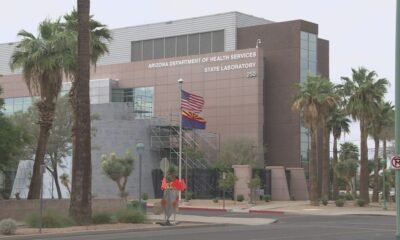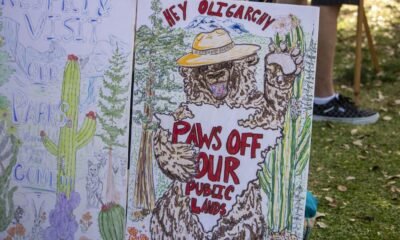artifacts
Gov. Hobbs Advocates for Funding to Repatriate Native American Remains and Artifacts

Governor Katie Hobbs has requested $7 million to expedite the repatriation of Native American human remains and artifacts in Arizona. During her address to tribal leaders, she emphasized the growing collection at the Arizona State Museum, which she believes is stagnating due to a lack of state financial support.
“It is time for the state to take repatriation seriously,” Hobbs asserted, advocating for a shift in financial responsibility.
Support for the governor’s initiative came from Stephen Roe Lewis, governor of the Gila River Indian Community. He expressed hope that lawmakers would help finance the effort but noted that the issue extends beyond finances.
According to Lewis, there are institutions that are reluctant to comply with federal repatriation laws, a situation he termed as “dragging their feet.” He remarked, “This shines a light on it,” indicating the need for increased accountability.
Jim Watson, acting director of the Arizona State Museum, underscored the urgency of Hobbs’ request. The museum currently holds approximately 4,000 human remains and around 800,000 artifacts dating back to the 1920s.
Watson highlighted that the challenges involve limited storage space in the aging facility, which hampers essential research. He reiterated, “Money will help,” in facilitating compliance with the Native American Graves Protection and Repatriation Act.
For institutions receiving federal funding, there is a mandate to return eligible human remains and artifacts to their respective tribes. This process necessitates careful cataloging and appropriate housing of items, which can be complex and labor-intensive.
Despite previous requests for maintenance funding being tabled by the Arizona Board of Regents, Watson viewed Hobbs’ announcement as a hopeful development. However, he cautioned that updated facilities alone wouldn’t resolve the broader challenges. “It takes a while to pore through the archives,” he mentioned, emphasizing the need for more staff to facilitate repatriation.
Even with these obstacles, Watson reported that the museum has successfully returned about 50% of its collection to tribes, an effort that predates the federal law established in 1990.
On the broader issue of compliance with repatriation laws, Watson noted that while many institutions have improved, some still require motivation to act. Recent federal regulations aim to eliminate common excuses, such as financial constraints and procedural complications.
Also complicating matters are “culturally unaffiliated remains.” While some institutions argue for the retention of unidentified remains, Watson pointed out that the Arizona State Museum is working with a tribal advisory board to address this issue, reducing the number of such remains significantly.
The challenges of repatriation aren’t confined to the Arizona State Museum; Arizona State University faces scrutiny as well. A recent investigation revealed ASU returned less than 2% of its remains to tribes, although the institution disputes this statistic.
Jay Thorne, an ASU associate vice president, described the repatriation process as complex and emphasized collaboration with tribes. He insisted that speed should not be the sole metric for success.
Beyond the repatriation request, Governor Hobbs announced several initiatives aimed at addressing the needs of tribal communities. These include the establishment of a specialized alert system for missing tribal members, an expansion of Medicaid services for traditional healing, and $4 million directed towards scholarship and workforce programs for four tribal colleges.


















